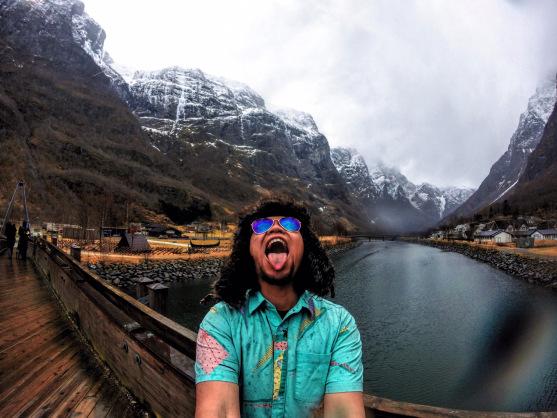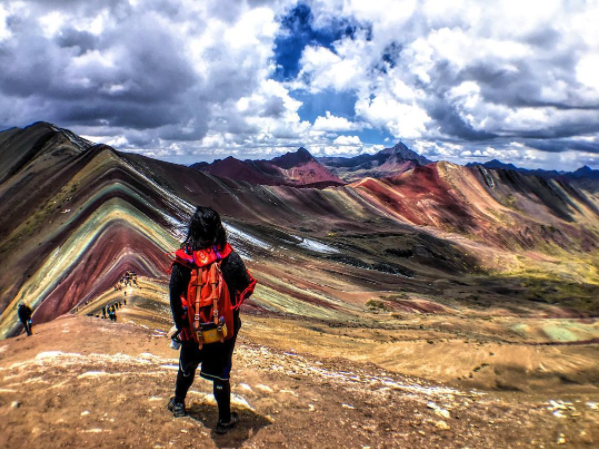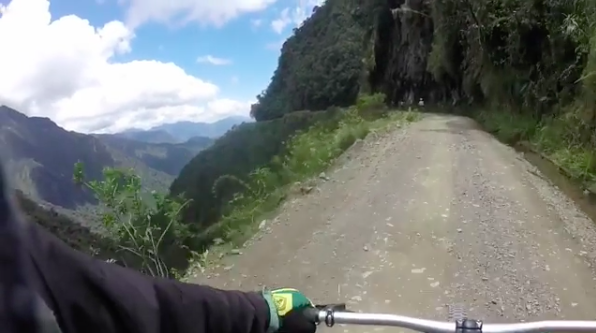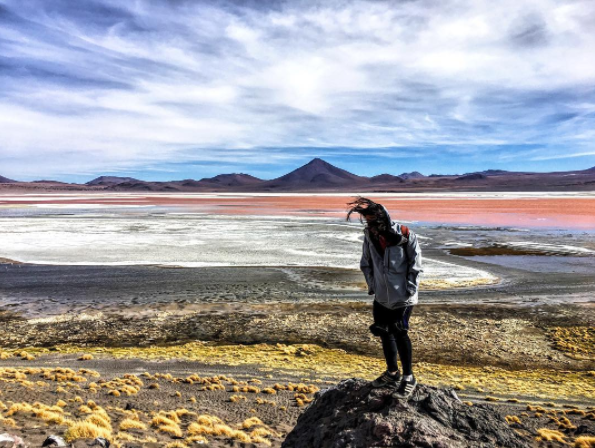Forget cycling down Bolivia's Death Road: Biking down Pichu Pichu volcano in Peru is the real test
Here's what happens when someone finds the Camino a los Yungas a bit tame

Your support helps us to tell the story
From reproductive rights to climate change to Big Tech, The Independent is on the ground when the story is developing. Whether it's investigating the financials of Elon Musk's pro-Trump PAC or producing our latest documentary, 'The A Word', which shines a light on the American women fighting for reproductive rights, we know how important it is to parse out the facts from the messaging.
At such a critical moment in US history, we need reporters on the ground. Your donation allows us to keep sending journalists to speak to both sides of the story.
The Independent is trusted by Americans across the entire political spectrum. And unlike many other quality news outlets, we choose not to lock Americans out of our reporting and analysis with paywalls. We believe quality journalism should be available to everyone, paid for by those who can afford it.
Your support makes all the difference.Bolivia’s Camino a los Yungas, between La Paz and Coroico, is well-known as “Death Road”. But when Elijah Solidum did the backpacker thing and mountain-biked down this famously lethal 65km stretch, he found himself still yearning for an adrenaline rush. So then he biked down a volcano.
It was a week after his Death Road experience that Solidum went one better with a ride down the slopes of Pichu Pichu, in the Peruvian Andes. “It was even scarier than Death Road because at least there the tour agencies have the best bikes and equipment,” he told The Independent.
“In Peru, this guy drove me halfway up a volcano, and gave me a bike I swear was about to fall apart.” To be fair, the guy did also provide him with a helmet.
Solidum, 22 and from Missouri, doesn’t see himself as an adventure tourist – he brands himself “the partying traveller” and says he’s more into making human connections than attempting death-defying cycle rides.
But like every millennial worth his salt, he knows what makes a good anecdote. So having survived Death Road (and bought the T-shirt – literally), he decided to go one better. Lots of people bike down Camino a los Yungas, but only about five people a week manage Pichu Pichu.
“An Australian guy in my hostel was telling me how interesting it was,” Solidum says of how he first found out about it. “But I always forget Australians are crazy.”
For an Instagrammer with 35,800 followers, Solidum doesn’t have very many photos of the ride – proof, if any were needed, of how terrifying it was. He spent most of the ride trying to stay alive.
For Death Road, he’d been given gloves, jacket, helmet and a decent bike; at Pichu Pichu he got a plea from his guide: “Don’t die, it’s bad for tourism”.
A photo posted by Eli ✈️🌏 (@thepartyingtraveler) on
He rode the route with two French visitors – “From what I can understand, they were professional cyclists who’d done the Tour de France, so I was a bit, like, what have I got myself into,” he says – with the guide following in a van.
They were driven halfway up the volcano – one of three near Arequipa – in order to cycle down. Or walk down some of it, in Solidum’s case: “There were some sections that were just not passable,” he says.
“You don’t think it’s as bad as Death Road, because it’s not a sheer drop, but it’s all rock. If you fell, you might not die, just be terribly injured.”
The jolly photo above? Taken at the beginning of the ride: “If I’d taken one at the end, I’d have been pale-faced, looking grateful to be alive.”
After “three or four hours” navigating the switchbacks, he says, he treated himself with a week lying on a beach.

So far, so terrifying, but would he do it again? Of course. “It was a massive adrenaline rush, one of the most exciting things I’ve ever done,” he says.
“When you’re abroad, you feel invincible. I do all this stuff I’d never do at home.” Not invincible enough to tell his family what he’s up to, though – not, at least, until he’s done it and survived.
But they have an idea of what he’s up to, because they follow him on Instagram. Once, when he hadn’t posted in a few days, his dad commented to ask if he was alive.
While he says Pichu Pichu was scarier than Death Road, it’s not for nothing that Bolivia’s Camino a los Yungas bears the moniker.
It’s estimated to claim the lives of up to 300 travellers each year, thanks to its narrowness (just 3 metres at its tightest), rough surfacing (only a third is paved) and sheer drops at altitudes of up to 15,000ft. Despite – or perhaps because of this – it’s now an unlikely tourist attraction.
Solidum, who rode Death Road last November, says: “A lot of people do it so you think it can’t be that scary, right?
“I went in all optimistic, just messing around. When we started, I was trying to take a GoPro picture, and I felt my bike ride away, so that was a wake-up call.”

That was just the start. “It’s really narrow the entire time, so you have to be focused physically as well as mentally. If you slip a little bit, you could fall thousands of feet, but it’s difficult to keep your balance because it’s rocky.
“Your hands hurt because they’re gripping the bars so tightly, your bum’s bouncing up and down for three or four hours. If you get scared, you can get on the bus following you, but I’d say that’s even scarier, because the road’s so narrow. If you’re doing this, you’re doing it for 64km.”
Memorials to the dead – including mountain-biking tourists – are dotted alongside the road. As they had lunch, grateful for having survived, Solidum’s group watched a car flip over.

Next up for Solidum is Costa Rica, then a family trip to the Philippines which he’s hoping to stretch into three months around South-east Asia. But he’s scrapped his bucket list.
“I had a bucket list but the more I travel, the more I like it less when I have a destination in mind,” he says. “I’ve realised I’m more interested in the places that are overlooked.”
So will it be a volcano in Costa Rica next? Quite possibly. In the meantime, he says, he’d do Death Road again. But possibly not the volcano. There are near-death experiences, and then there’s Pichu Pichu.
Want to keep track of Elijah’s death-defying travels? Follow him on Instagram.
Join our commenting forum
Join thought-provoking conversations, follow other Independent readers and see their replies
Comments